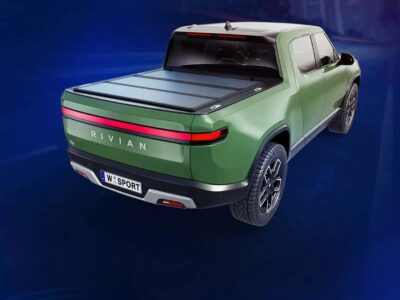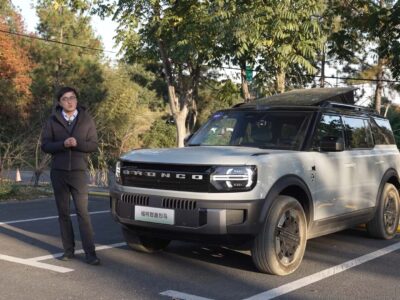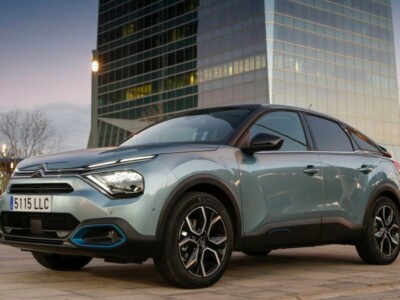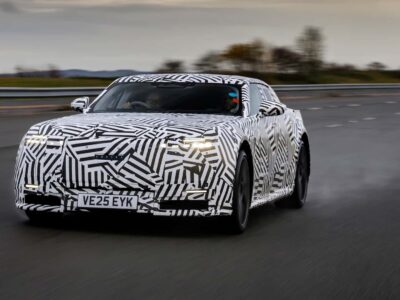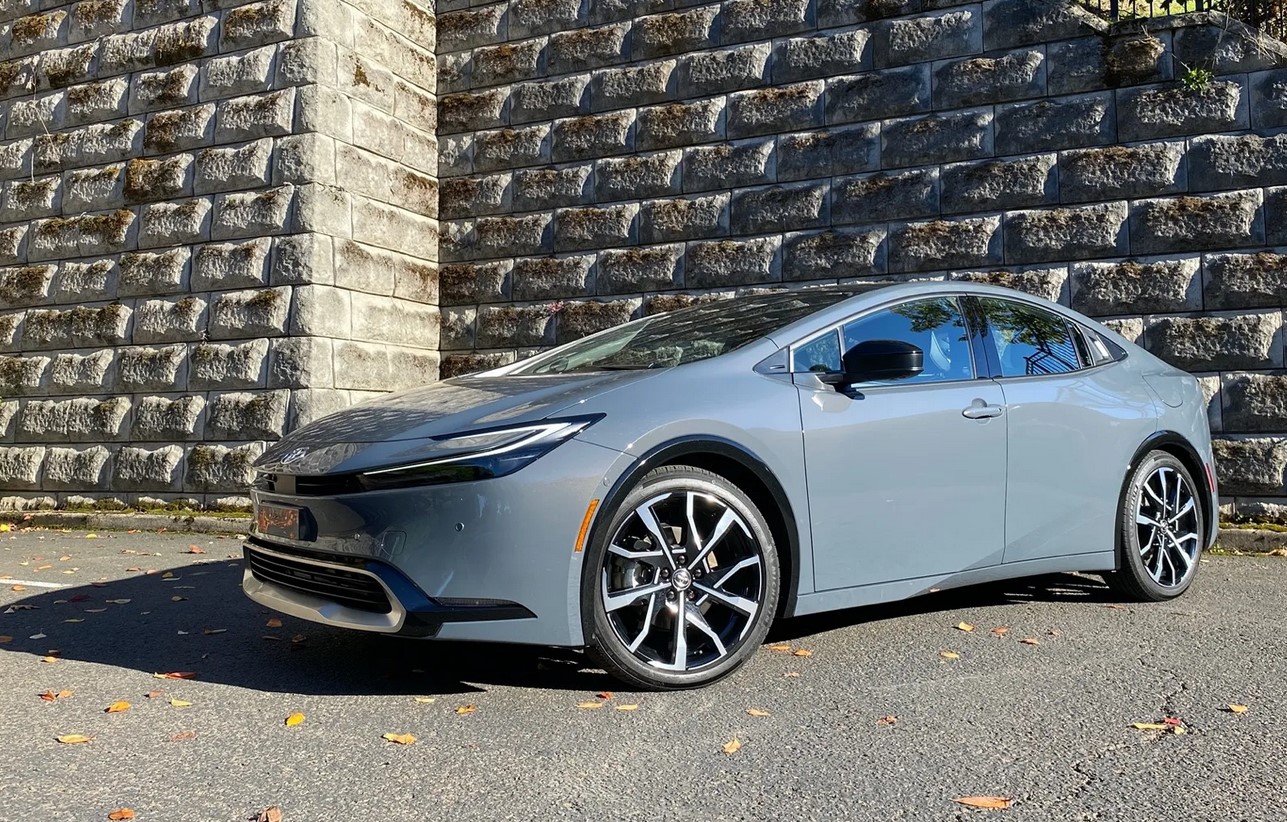
Among the new features of the recently launched Toyota C-HR plug-in hybrid in Europe is a travel planner that enhances efficiency and could be beneficial for Toyota’s plug-in hybrid customers in the United States.
This feature, called Predictive Efficient Drive, analyzes traffic conditions and learns the driver’s behavior and typical routes to maximize the use of electric mode, according to a press release from Toyota regarding the C-HR plug-in hybrid.
In this Toyota PHEV, a geofencing function also automatically activates electric mode in low-emission urban areas as part of a travel planning feature that saves electric operation for those route segments.
Predictive Efficient Drive is also a system that Toyota promotes for the Prius Prime. However, as Green Car Reports discovered in follow-ups with Toyota in the U.S., the version of this system for the Prius Prime is slightly different.
For one, it doesn’t include the geofencing function to identify denser urban areas that might be better suited for electric-only driving. And in the United States, the system doesn’t rely on collaborative sources or a deeper layer of map data, apart from live traffic data.
Instead, the car itself gathers specific route information about its driving. This learning “remains local in the vehicle and is not shared outside of the car or stored in the cloud,” according to Toyota. And while some efficiency-based systems, like Audi’s, rely on terrain data integrated into maps, Toyota’s Predictive Efficient Drive system primarily studies driving force and load on the road.
The conclusion drawn from this is that while the feature offered in the U.S. Prius Prime might not help with efficiency on a road trip, it will help “learn” where to prioritize electric driving on your daily commute or another trip you regularly make. And that should help minimize the amount of gasoline used.
The American Prius Prime already includes an EV Auto mode that prioritizes EV mode based on driving conditions; but it doesn’t “see” the overall route plan or what lies ahead. A more comprehensive travel planning feature could be a good option for the U.S. market Prius Prime. Toyota also introduced this feature in Europe starting last year on the Lexus NX plug-in hybrid. The relatively slow onboard charger of the 3.5 kW Prius Prime wouldn’t make sense for mid-trip charging stops, but for future PHEVs with faster charging or even DC fast charging, such a feature could add even more functionality to avoid carbon emissions.
“As Toyota’s HEV and PHEV range evolves, so will the supporting technologies behind their management,” Toyota noted to Green Car Reports, sounding like a strong indication that smarter features for urban electric vehicles may be on the way.
The powertrain of the plug-in hybrid C-HR consists of a 2.0-liter inline-four gasoline engine and an electric motor, which combined generate 220 hp. A 13.6 kWh lithium-ion battery pack, the same size as used in the Prius Prime, gives the C-HR a 41-mile range, as measured in the WLTP European test cycle. That compares with up to miles rated by the EPA for the Prius Prime in the U.S., and makes sense as a contrast since Toyota points out that the C-HR is tuned for a more sporty driving.
The Toyota C-HR is not sold in the United States, although Toyota has also showcased a compact electric vehicle for Europe that could potentially make its way to the United States.
Lexus in Europe continues to use the confusing “self-charging hybrid” for its non-plug-in hybrids, despite a previous pushback from Norway’s consumer agency, which deemed it misleading. In the United States, Toyota has also dabbled in this by marketing, restructuring its non-plug-in hybrids last year as “hybrid electric vehicles.”
Therefore, the decisions Toyota makes in this technological integration could say a lot about how the company intends to roll out its plug-in hybrids for the United States in the near future.


